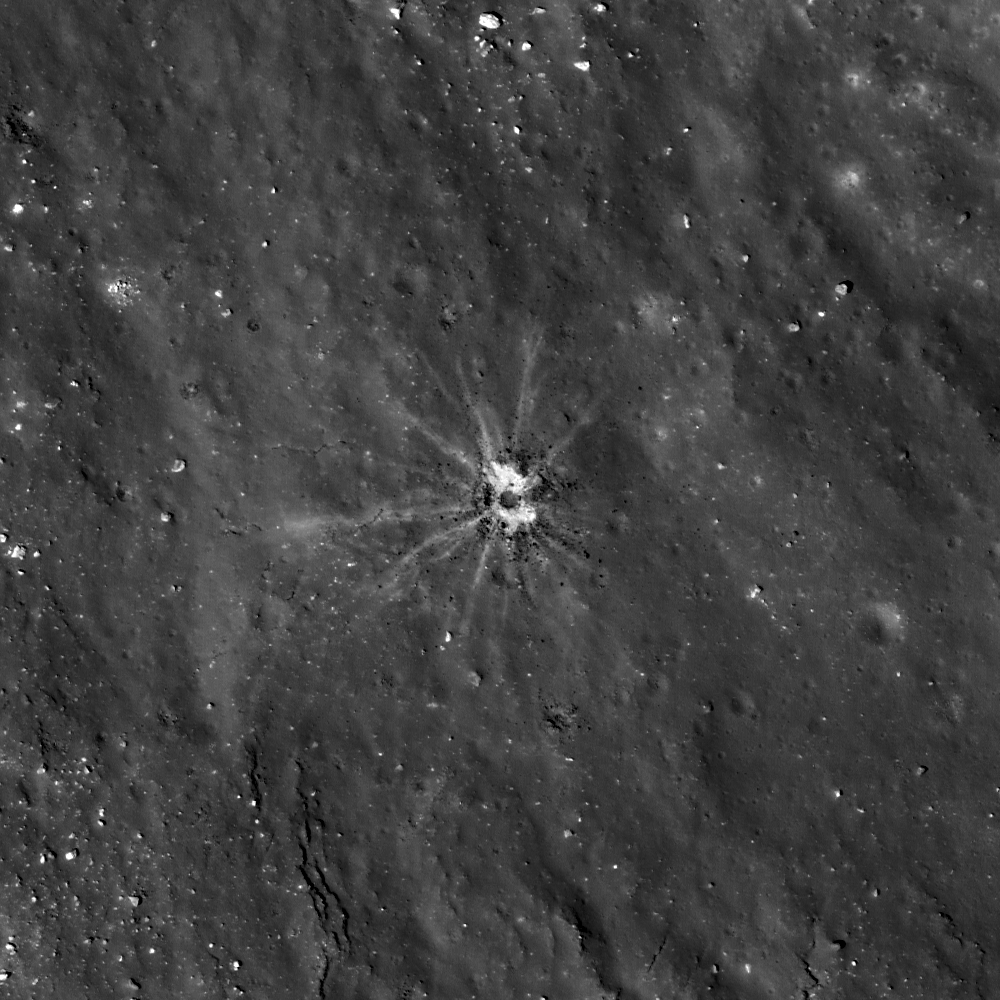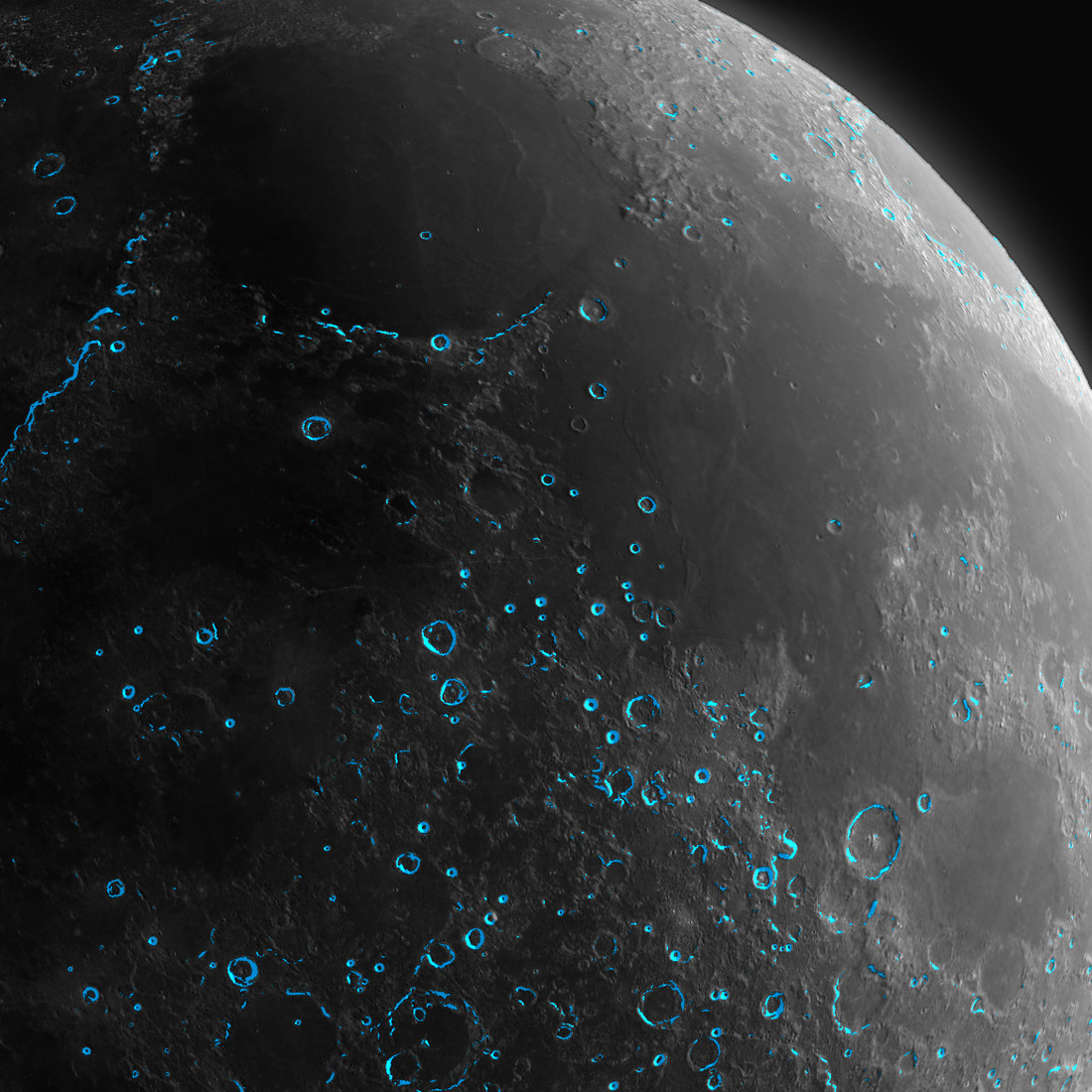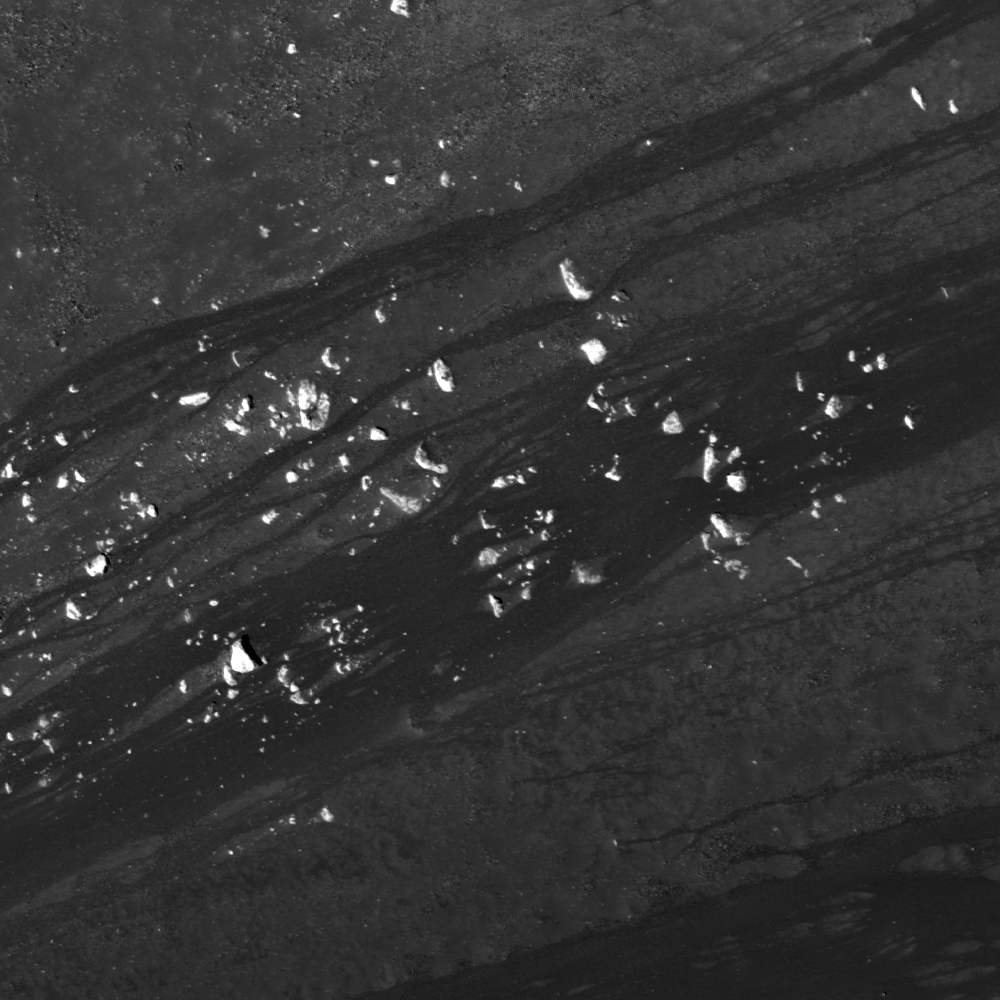

Knowing that today’s student will compete in a global economy, Barbie says that “It is imperative that today’s students are prepared with consistent rigorous and relevant standards that produce more STEM majors, particularly women, to keep this great nation at the forefront in technology, innovation, and advancement.”Īaron Boyd is a research analyst and planetary geologist at Arizona State University and has been working with the Lunar Reconnaissance Orbiter Camera team since 2010. Barbie sees education as her calling and has spent her life sharing her love for learning with everyone around her.

Buckner recently served as a 2013-14 Einstein Fellow at the National Science Foundation Education and Human Resources Directorate where she collaborated with colleagues on learning, learning environments, boarding participating and workforce development. Her research interest included the impact of technology on student achievement and teacher behavior. Barbie Buckner is a 20+ year STEM classroom teacher with a Doctorate’s Degree in Mathematics Education from the University of Louisville.
LRO QUICKMAP PROFESSIONAL
She has led lunar science-themed professional development workshops for science teachers across the United States.ĭr. Andrea is the Public Engagement Lead for NASA’s Lunar Reconnaissance Orbiter mission and Director of International Observe the Moon Night, an annual worldwide celebration of lunar science and exploration as well as our cultural and personal connections to the Moon. She shares NASA planetary science research and discoveries with national and international audiences and connects division scientists to, and supports them in, public engagement opportunities. As the products are created, team members access the data via custom search engines, and via interactive/browsable web based QuickMap.Īndrea Jones is a planetary geologist and the Public Engagement Lead of the Solar System Exploration Division at NASA’s Goddard Space Flight Center. This includes the orchestration of the data calibration pipeline and construction of the multispectral basemaps. The system is responsible for the ingestion of the instrument data and the creation of the PDS/EDR/RDR defined products. Erick Malaret has been responsible for the implementation of the PIPE-line system. Leave with ideas and inspiration to integrate hands-on learning into multiple subject areas to keep your students engaged.ĭr. Learn about real world connections with NASA research. This educational activity aligns to the Co-STEM Priority Goal to improve STEM Instruction by supporting the existing STEM teacher workforce. Educators will also learn about QuickMap, a visualization tool for browsing lunar data from NASA/LRO and other missions in 2D and 3D, and ways to incorporate this tool into the classroom while aligning to the Next Generation Science Standards. It is still in orbit around the Moon today, continuing to reshape our understanding of our nearest neighbor in space and helping us to prepare for the next phase of robotic and human lunar explorers.


Participants will learn about science discoveries made possible with the Lunar Reconnaissance Orbiter Camera (LROC), a high resolution camera onboard NASA’s Lunar Reconnaissance Orbiter (LRO).
LRO QUICKMAP FREE
The name was introduced in Menzel, 1971Ī Mystery Crater The bright rim crater identified as Lovelace is actually Rozhdestvenskiy K.NASA Educator Professional Development is presenting a free 60-minute webinar for K-12 educators with targeted use with grades 8-12 students and gifted younger students.In 1964 he was appointed NASA’s Director of Space Medicine. In 1959 he also began examinations to determine the physical suitability of women candidates for the astronaut training program. As head of NASA's Life Sciences, he would then play a key role in the selection of the astronauts chosen for the Mercury program missions. In 1958 he was appointed the chairman of the NASA Special Advisory Committee on Life Science. He used this clinic to promote the development of medical aerospace technology. In 1947 he helped establish the Lovelace Medical Foundation in Albuquerque, and became the chairman of the Board of Governors. Named for William Randolph Lovelace II (Decem– December 12, 1965), an American physician who made contributions to aerospace medicine.Measures on LRO QuickMap give central peak about 0.58 km.Measures on LRO QuickMap give max depth about 4 km.


 0 kommentar(er)
0 kommentar(er)
